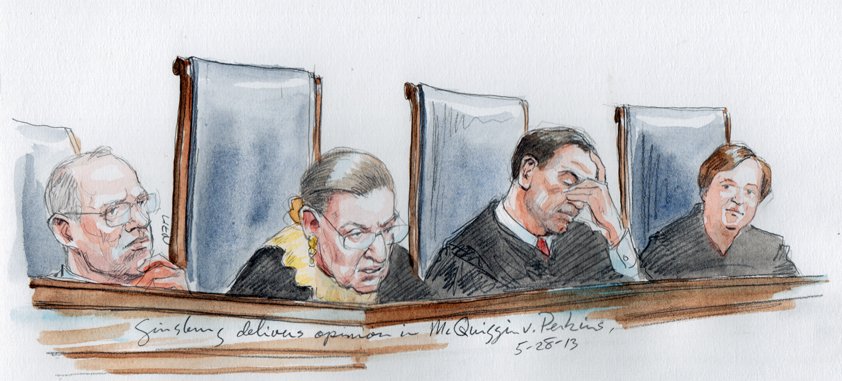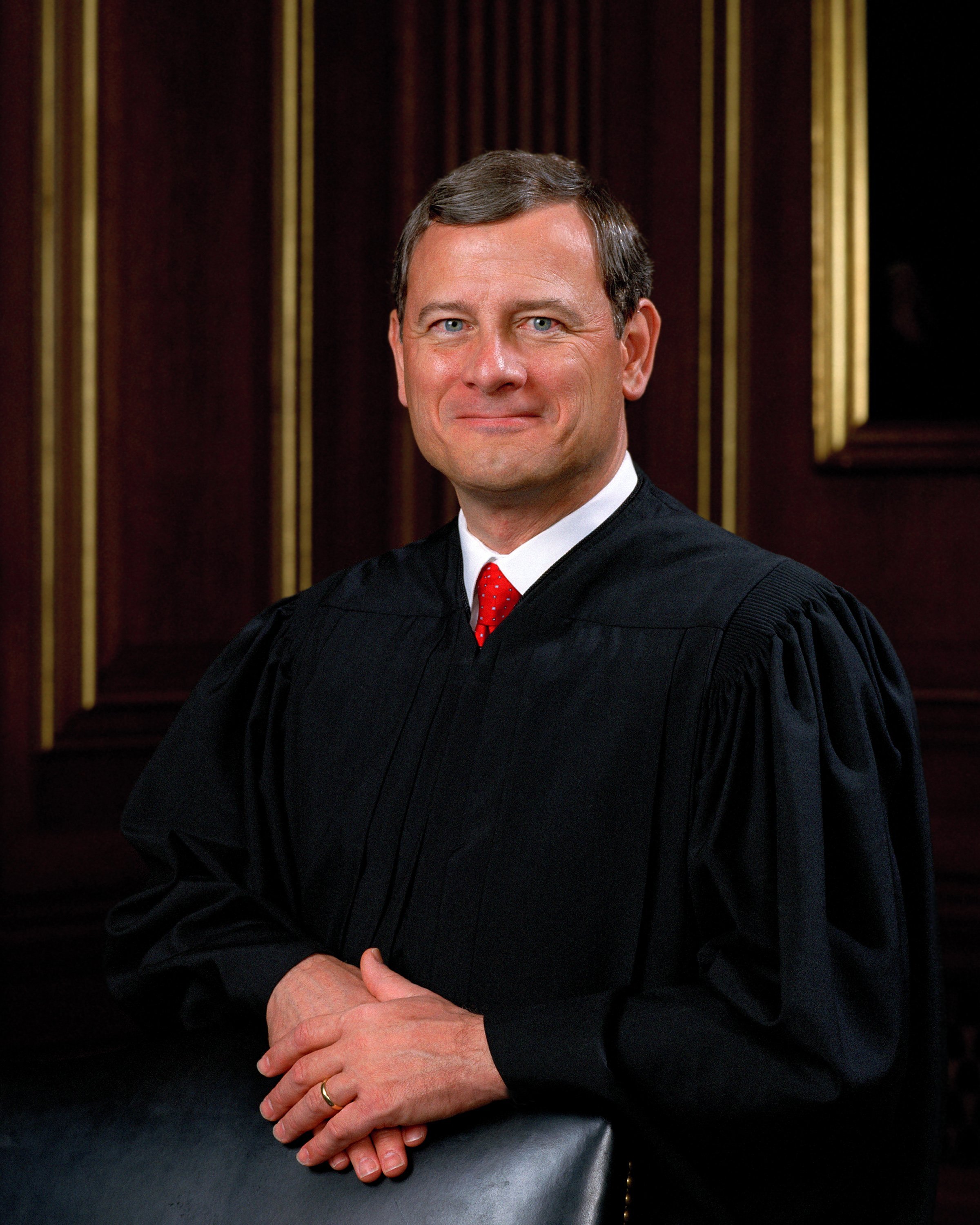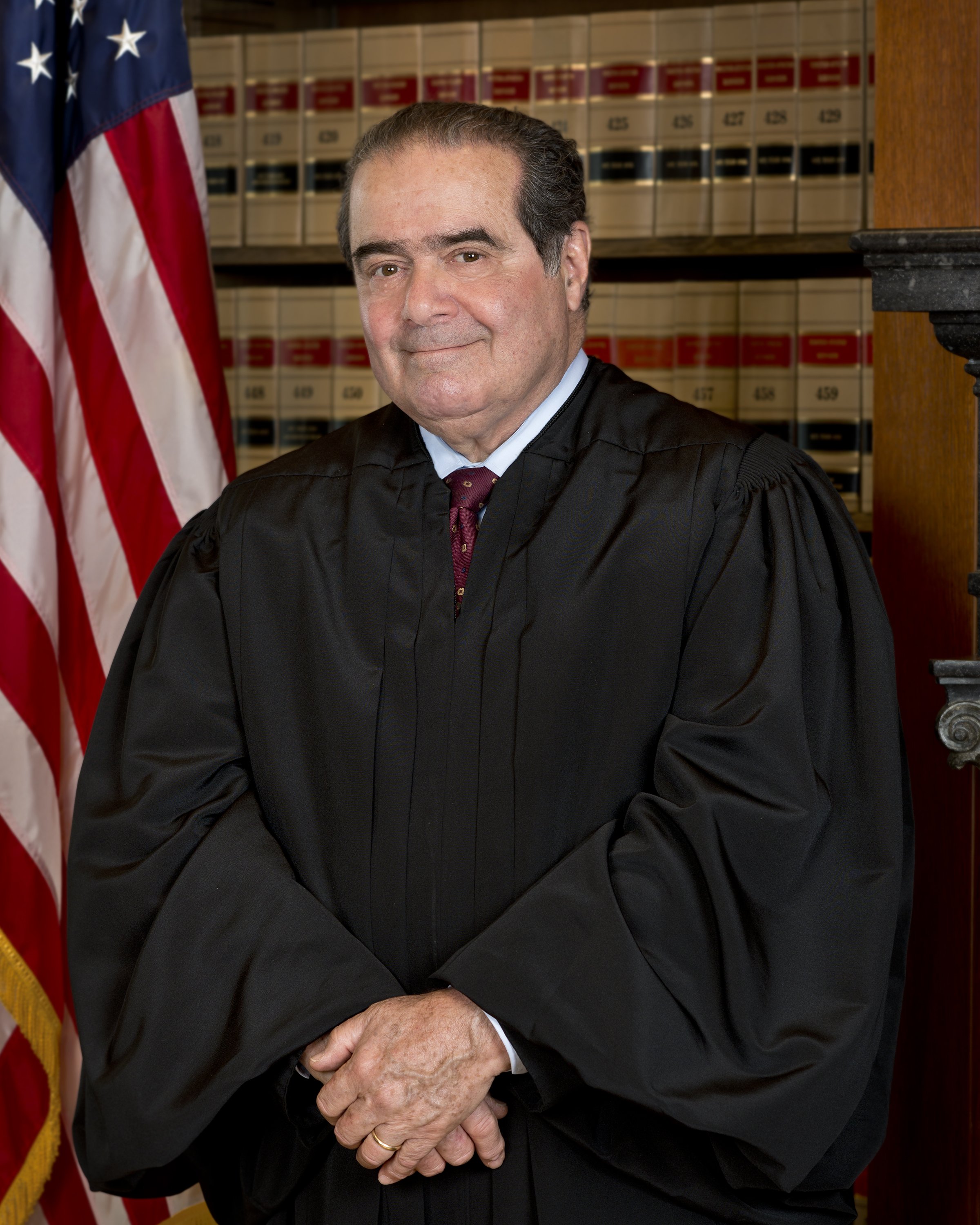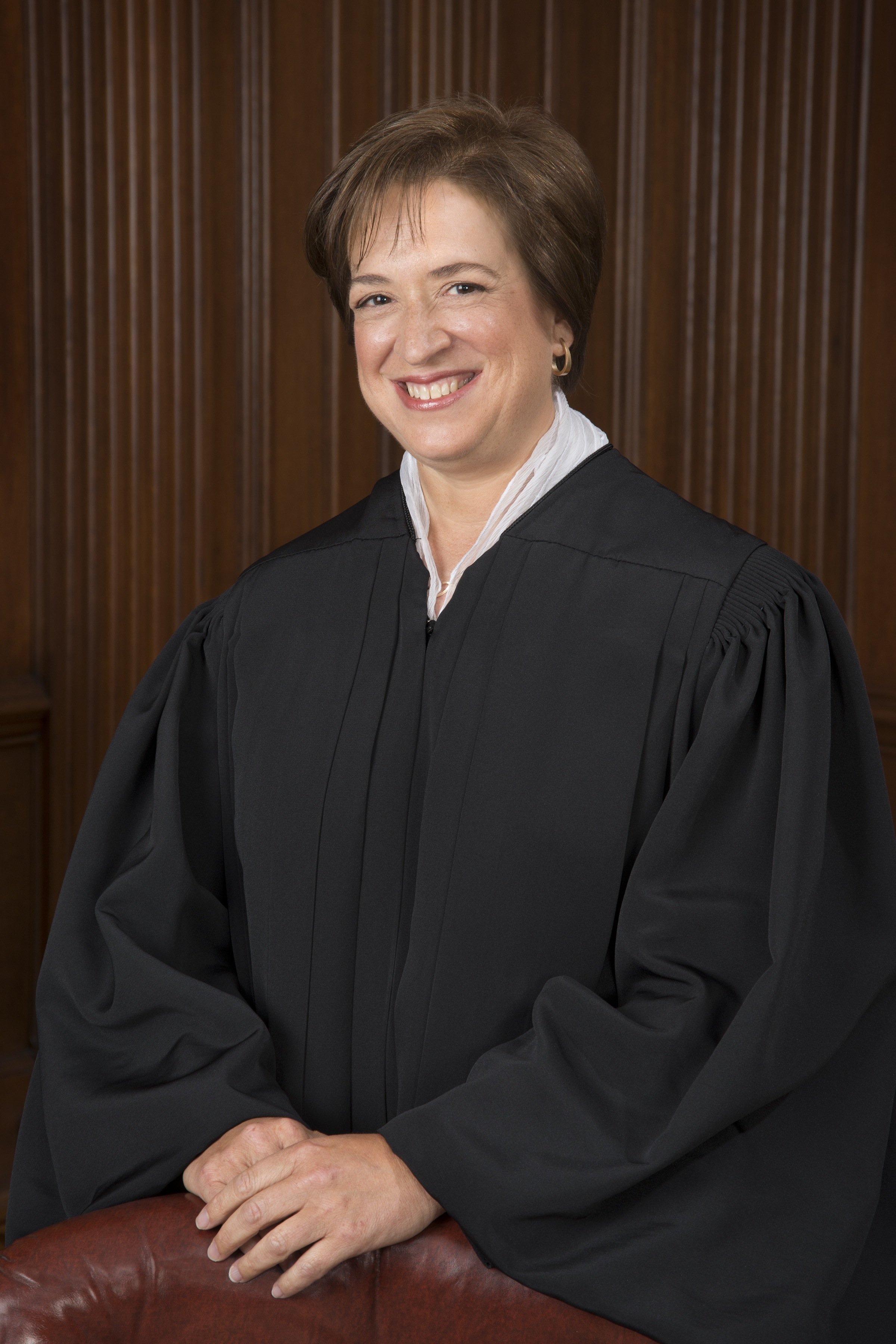McQuiggens v. Perkins
Case Overview
CITATION
569 U.S. 383 (2013)
ARGUED ON
February 25, 2013
DECIDED ON
May 28, 2013
DECIDED BY
Legal Issue
Does a claim of “actual innocence” overcome a procedural barrier that would otherwise prevent an individual from filing a petition for writ of habeas corpus?
Holding
Yes, a claim of “actual innocence,” if proven, can overcome a procedural barrier that would otherwise prevent an inmate from filing a petition for writ of habeas corpus.
Justice Ginsburg delivering the opinion of the Court | Credit: SCOTUSblog
Background
In 1993, Floyd Perkins, Damarr Jones, and Rodney Henderson attended a party in Flint, Michigan and left together. Henderson was later found dead on a wooded trail with stab wounds to his head. Perkins and Jones both accused each other of the murder, and Jones eventually testified against Perkins at his trial, claiming that Perkins alone committed the murder while he just watched. Perkins testified that he left Jones and Henderson to buy cigarettes and got separated, but that he later saw Jones with blood on his clothes. Two additional witnesses testified against Perkins, both claiming that Perkins told them about the murder to varying degrees. Perkins was convicted by a jury of first-degree murder and sentenced to life in prison without the possibility of parole. His conviction was upheld by the Michigan Court of Appeals and became final in 1997 when the Michigan Supreme Court denied his leave to appeal.
In 2008, 11 years after his conviction was finalized, Perkins filed a federal writ of habeas corpus alleging ineffective assistance of counsel. Under the Antiterrorism and Effective Death Penalty Act (AEDPA), however, state prisoners have only a year from their final conviction date to file their federal habeas corpus petitions. To overcome this requirement, Perkins submitted three affidavits received between 1997 and 2002 that supported his claim of innocence and accused Jones of committing the murders. While the District Court held that individuals who have a credible claim of actual innocence based on new evidence can have the time requirements under the AEDPA waiver, they did not find that Perkins met the threshold required.
Summary
5 - 4 decision for Perkins
McQuiggens
Perkins
Roberts
Kennedy
Ginsburg
Breyer
Sotomayor
Alito
Kagan
Thomas
Scalia
Opinion of the Court
Writing for the Court, Justice Ruth Bader Ginsburg held that actual innocence, if proven, can serve as a gateway to allow a prisoner to have his otherwise procedurally blocked claim of constitutional violation heard on its merits. Ginsburg emphasized the significance of allowing exceptions to the AEDPA’s one-year statute of limitations, arguing that in cases where new evidence arises that would convince a juror of a prisoner's innocence, the courts should have the flexibility to consider such claims beyond the time constraints set by legislative bodies. She pointed to examples in past cases where this occurred, and applying it to Perkins’ petition, she wrote, “a credible showing of actual innocence may allow a prisoner to pursue his constitutional claims (here, ineffective assistance of counsel) on the merits notwithstanding the existence of a procedural bar to relief.”
Ginsburg explained that under the AEDPA, the burden of proof required to access the “miscarriage of justice” exception to the time constraint was raised. Previously, petitioners only had to show that “a fundamental miscarriage of justice would result from a failure to entertain the claim.” After the AEDPA’s implementation, petitioners were required to prove that the factual basis of the claim couldn't have been found before through due diligence and that no reasonable factfinder would have found them guilty by “clear and convincing evidence.” Ginsburg believed that by requiring petitioners to show both due diligence and clear and convincing evidence of their innocence, the state was establishing redundant requirements. She explained that the Court struck down the diligence requirement but kept timing as a factor because it offers a great amount of insight into the petitioner’s claims. Ginsburg concluded, “[t]he gateway should open only when a petition presents ‘evidence of innocence so strong that a court cannot have confidence in the outcome of the trial unless the court is also satisfied that the trial was free of nonharmless constitutional error.’”
Dissenting Opinion by Justice Scalia
Justice Scalia dissented to bring attention to what he described as the “inconvenient truth” created by the Court’s decision. Scalia explained that before this decision, “actual innocence” had only ever been applied to judge-made, prudential barriers as a part of a judge’s discretion. Scalia argued that this had never been changed because the Court doesn’t have the authority to do so, writing “[o]ne would have thought it too obvious to mention that this Court is duty bound to enforce the AEDPA, not amend it.” Scalia concluded by describing the Court’s decision as a “pure judicial override” of the AEDPA and warned that courts may now face an increase in frivolous litigation as a result.









